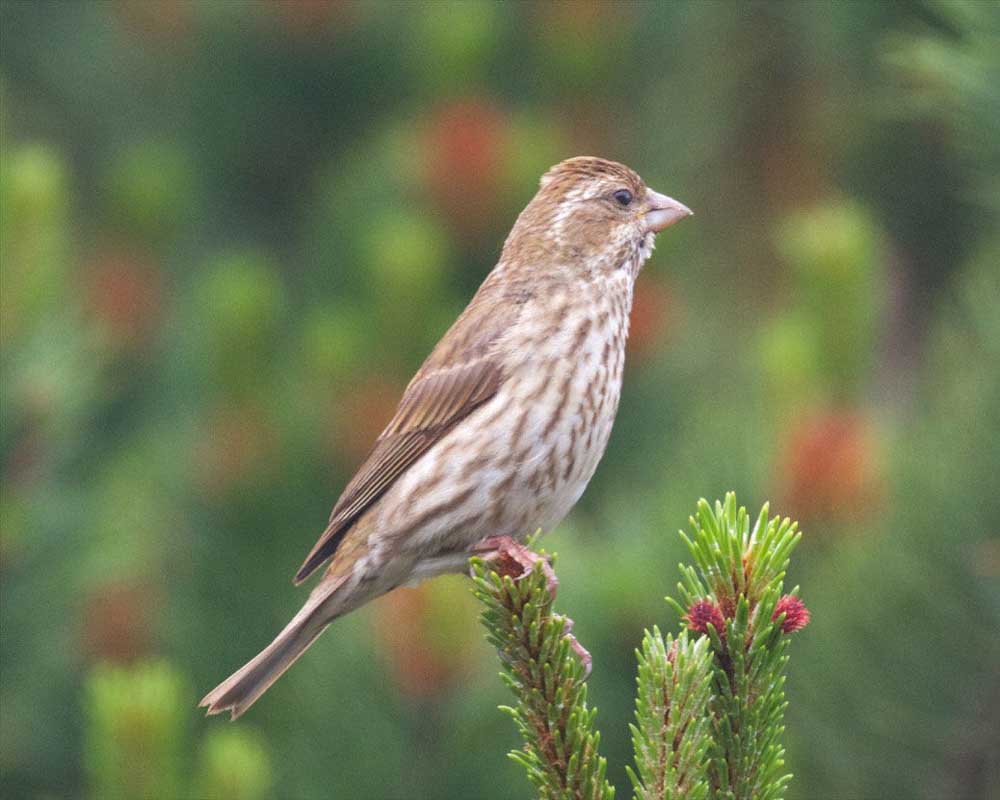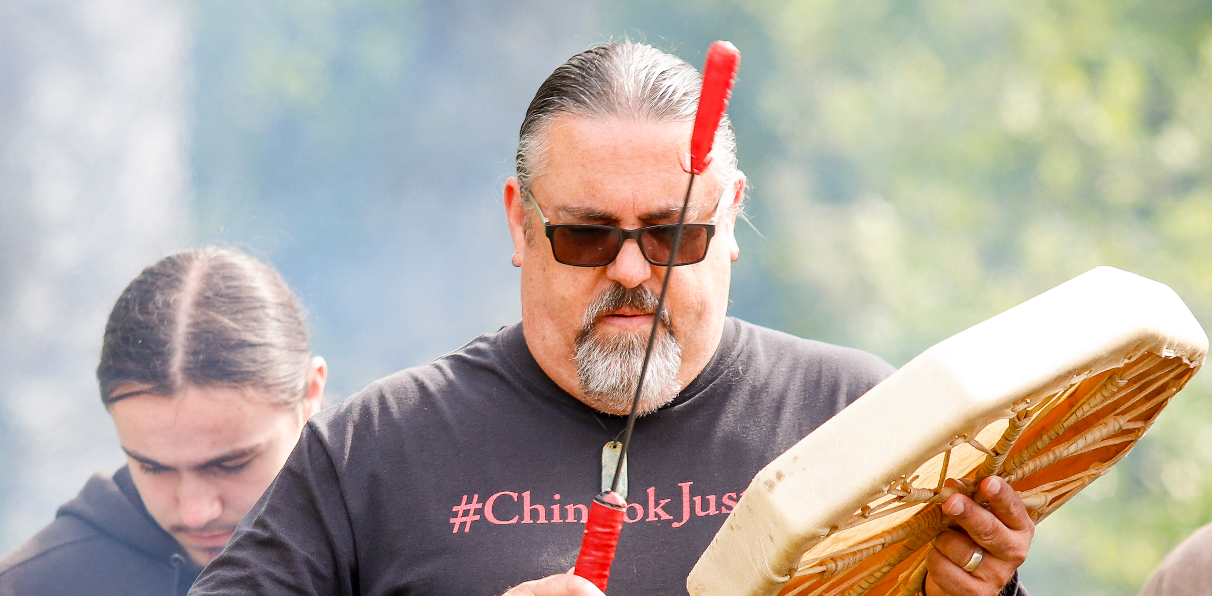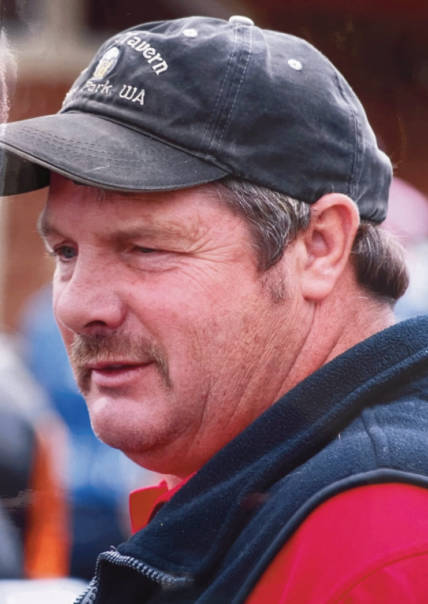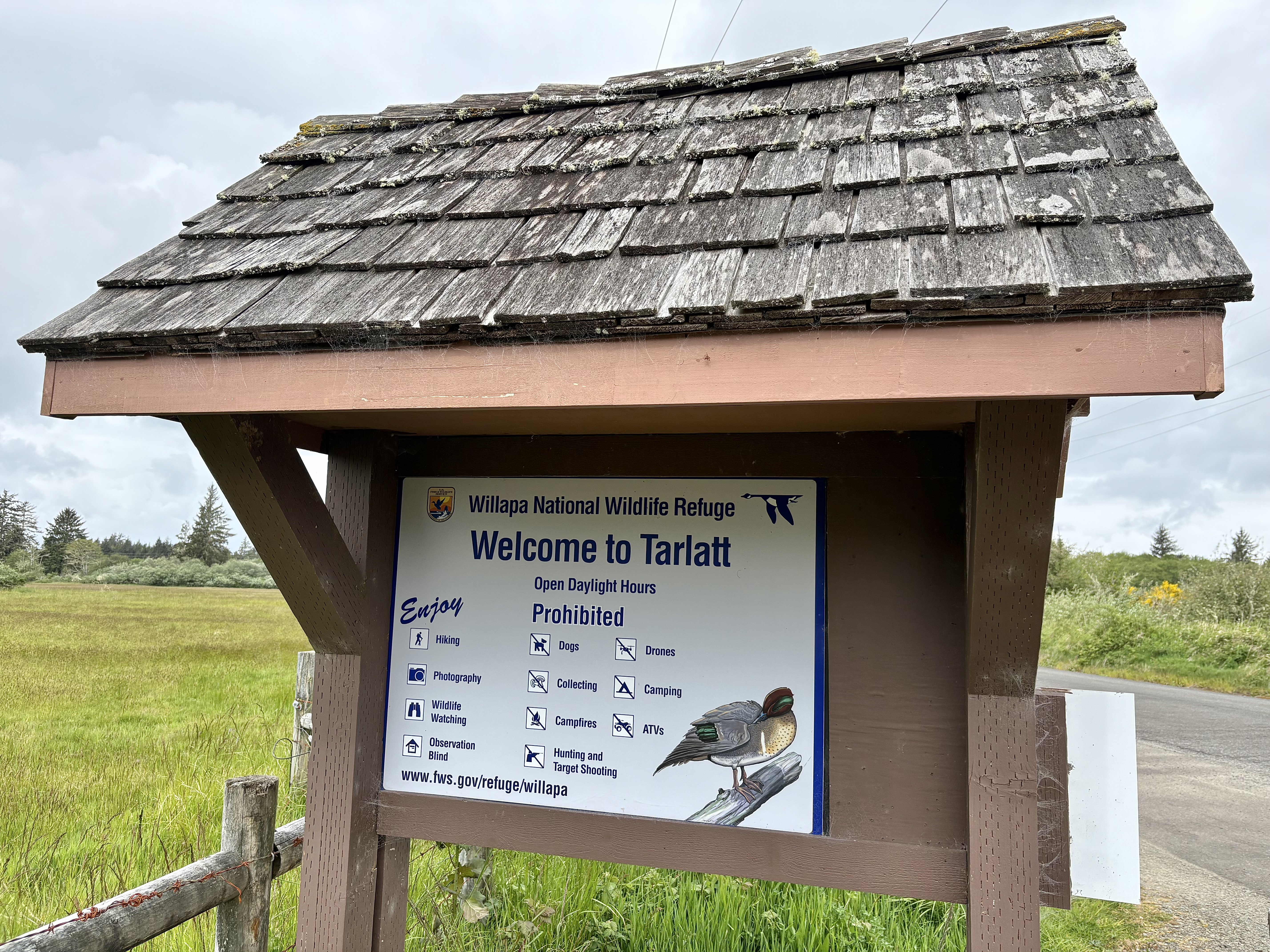Birdwatching Purple finch: A sparrow dipped in raspberry juice
Published 9:06 am Tuesday, June 21, 2016

- Female purple finches aren't purple.
By Dr. Madeline A. Kalbach
Trending
For the Observer
The purple finch is very noticeable on the Peninsula and in the Willapa National Wildlife Refuge at the moment.
Its warbling song can be heard from the treetops near our homes or in the cool, moist evergreen forests. Nesting is on the mind of these finches. They usually nest on a horizontal branch and sometimes in the fork of two branches. They often choose a spot underneath an overhanging branch for protection from the elements. Its nest can be located as low as 2 feet or as high as 60 feet in the air.
Trending
Birding expert and field guide author Roger Tory Peterson often referred to the purple finch as “a sparrow dipped in raspberry juice.” Its color helps to distinguish it from its rival, the house finch. The male purple finch has pink stripes and its coloration is to the purple or bluish side of red, whereas the male house finch has brown stripes and wears colors more like the reddish-orangeish side of the spectrum. The female purple finch is brown with white undersides and dark brown streaks.
The purple finch has a varied diet ranging from seeds to soft buds to nectar and insects, including aphids, grasshoppers and beetles. Their rather large bill is specialized for crushing seeds. Its favorites are sunflower or black oil seeds and thistle seeds.
The purple finch is a common permanent resident of the Willapa National Wildlife Refuge. It suffers in some areas of its range from competition with the house finch. By winter the purple finch begins to expand its range to fields, hedgerows and feeders. If you have a feeder in your yard now, chances are the purple finch is a frequent visitor.









